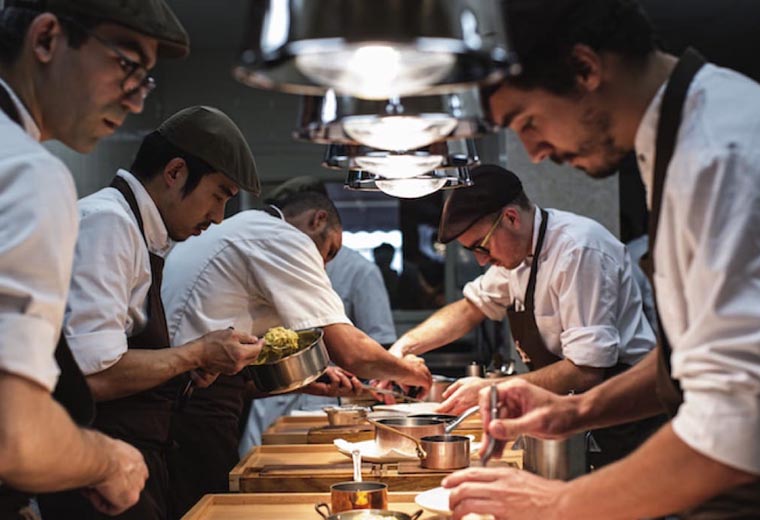In an era marked by technological advancements, the restaurant industry is undergoing a profound transformation, thanks to the integration of cutting-edge restaurant software. This blog explores the multifaceted ways in which restaurant software is reshaping and revitalizing the traditional dining experience, from the kitchen to the front-of-house and beyond.
At the heart of restaurant software is the sophisticated Point of Sale (POS) system. These systems go beyond traditional cash registers, streamlining order processing, payment transactions, and inventory management. The result is a more efficient and error-free operational backbone for restaurants.
Kitchen Order Tickets (KOT) and Kitchen Display Systems (KDS) bring efficiency to the heart of the restaurant—the kitchen. These systems ensure seamless communication between the front and back of the house, minimizing errors, optimizing workflows, and improving overall kitchen coordination.
Restaurant software provides robust inventory management tools, enabling precise tracking of ingredients and supplies. This not only minimizes waste but also empowers restaurants to make informed decisions about procurement, reducing costs and increasing profitability.
Advanced reservation and table management systems are now an integral part of restaurant software. These features enable restaurants to optimize table turnover, minimize wait times, and provide a smoother dining experience for patrons.
The integration of mobile payment solutions is transforming the way customers settle their bills. From contactless payments to mobile wallets, restaurant software accommodates diverse payment preferences, contributing to a more seamless and secure transaction process.
Adhering to regulatory standards is simplified with restaurant software. These systems assist in accurate tax calculations, employee management, and reporting, ensuring that restaurants operate within legal parameters.
Restaurant software is designed to evolve with industry trends. Whether it's the integration of virtual reality menus, AI-powered chatbots for customer service, or the latest in food delivery innovations, these systems ensure that restaurants can adapt to the ever-changing landscape of the culinary world.
As we navigate the digital age, the integration of restaurant software is not just a convenience—it's a necessity for staying competitive and relevant. From operational efficiency to enhanced customer experiences and adaptability to emerging trends, restaurant software is transforming the traditional dining landscape into a tech-savvy, dynamic, and customer-centric industry. Embracing these innovations is not just a choice for restaurants; it's a strategic decision that paves the way for sustained success in the evolving culinary landscape.



